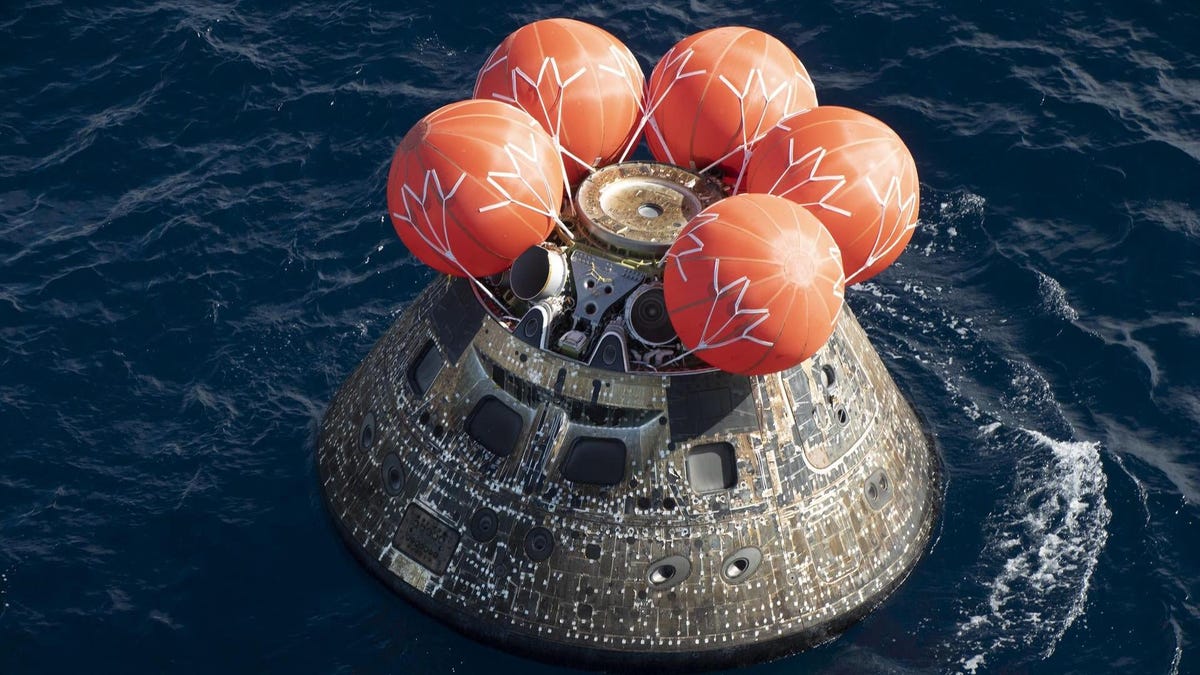NASA’s Safety Concerns for Artemis 2 Mission
As NASA gears up to send astronauts to the Moon in the imminent Artemis 2 mission, recent revelations from the NASA Office of Inspector General (OIG) raise red flags regarding potential safety risks associated with the Orion capsule. The OIG’s report, released on Wednesday, scrutinized the space agency’s preparedness for launching a crew aboard the Orion spacecraft in September 2025. The report meticulously highlighted anomalies in the spacecraft’s heat shield and other essential hardware components, which came to light following the uncrewed Artemis 1 mission conducted in late 2022.
Concerns Surrounding Orion’s Heat Shield
Of particular concern is the integrity of Orion’s heat shield, a crucial component designed to safeguard the spacecraft and its crew during reentry into Earth’s atmosphere. The Artemis 1 test flight showcased unforeseen issues with the heat shield, separation bolts, and power distribution systems, posing significant risks to crew safety. During reentry, Orion encountered velocities exceeding 24,600 miles per hour and temperatures surpassing 5,000 degrees Fahrenheit, making it the fastest crew-rated spacecraft to return to Earth.
The report revealed over 100 instances where protective material chipped away unexpectedly from the heat shield, creating a vulnerability in its protective capabilities. Significantly, portions of the char layer exhibited erratic wear and tear, leading to the detachment of fragments rather than the intended melting process. These unforeseen deficiencies in the heat shield’s performance present a critical risk, potentially compromising the safety of future missions.
In response to these revelations, NASA is exploring avenues to address the heat shield issue, contemplating component replacements or alterations in Orion’s reentry trajectory. The space agency aims to resolve the matter by late spring of the current year, underscoring the urgency of mitigating this critical safety concern.
Addressing Hardware Anomalies
Aside from heat shield concerns, the OIG report also shed light on anomalies with Orion’s separation bolts and power distribution systems. Unexpected melting and erosion in the separation bolts created gaps susceptible to increased heating, prompting NASA to introduce design modifications and additional thermal protection measures to mitigate thermal stress. In the case of power distribution anomalies, radiation-induced issues prompted NASA to develop software enhancements for the Artemis 2 mission, albeit emphasizing the need for permanent hardware solutions to forestall potential operational failures.
Although the audit’s findings unveiled critical safety risks, NASA responded promptly to assuage concerns, affirming its commitment to addressing the report’s recommendations proactively. Despite facing workflow disruptions and operational challenges inherent in a developmental phase, NASA remains steadfast in its resolve to navigate these hurdles and ensure the safety and success of future Artemis missions.
Stay tuned for further updates on NASA’s Artemis Moon program and the exciting advancements in human space exploration on our dedicated Spaceflight page.
Image/Photo credit: source url





